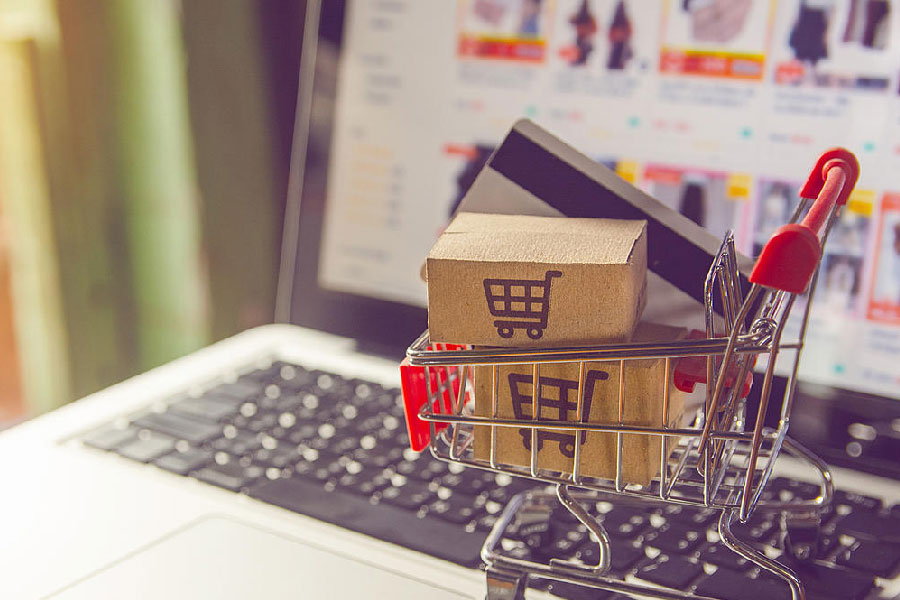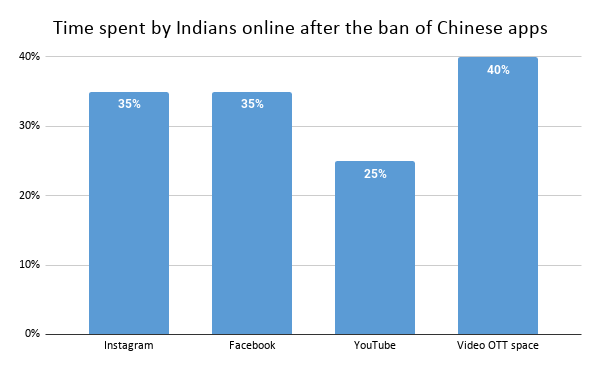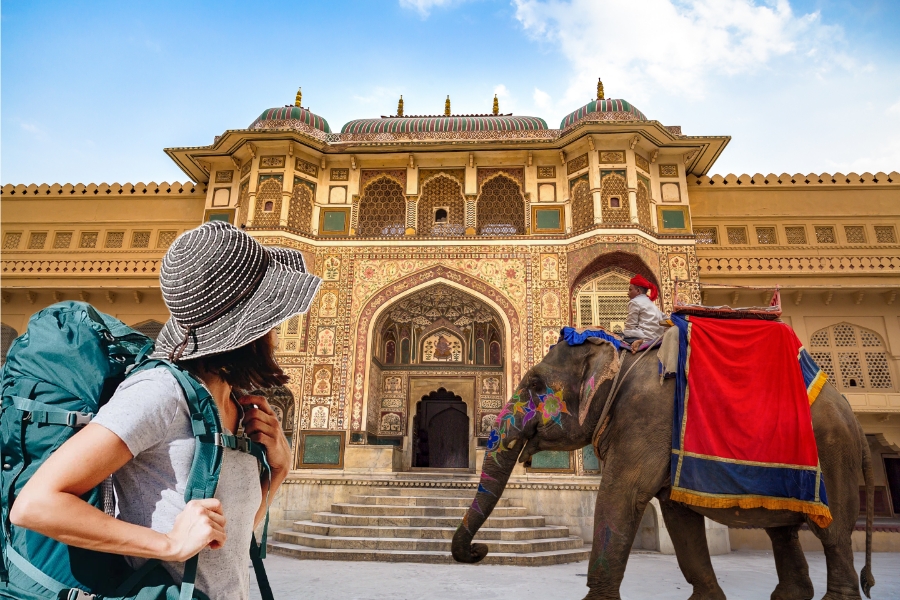Social media: The new game changer in retail economics?
Social media has become an inevitable part of our lives, and by implication, the lives of the brands we engage with. To leverage social media effectively, brands need to be creative, engaging and result oriented. Also, they need to be extremely receptive of customer feedback and mindful of their brand reputation in a fiercely competitive digital world.
- Social media has become an inevitable part of our lives. So much so, that it is influencing our daily habits, as is evident in our shopping behaviour.
- This poses both significant opportunities for marketers. For example, it allows marketers to map the digital behaviour of their consumers and hence market their goods more efficiently.
- At the same time, it has its own share of challenges. Competition is no longer restricted to local shops during business hours since consumers today are shopping all the time and everywhere.
- To leverage social media effectively, brands need to be creative, engaging and result oriented. Also, they need to be extremely receptive of customer feedback and mindful of their brand reputation in the online space.

Image Source: https://bit.ly/2FSgTvG
Nowadays, the millennial population is always glued to their phones, buying grocery, reading news, doing online banking, surfing hilarious memes, videos and socialising online. Clearly, social media usage has become ubiquitous in the country and an essential part of our everyday lives. This is evident in the spike in social media consumption over the last few months.
According to a report by smartphone brand Vivo & Cybermedia Research (2019), an average Indian spends 1/3rd of their waking hours on their phone. The onset of COVID-19 and the consequent lockdown boosted social media consumption significantly. The Hammerkopf Consumer Survey states that Indians spent more than four hours every day on social media a week after the imposition of the lockdown, recording an 87% weekly rise in social media consumption. It added that 72% Indians spent more time on Facebook, Twitter and WhatsApp compared to the week before. Banning a number of Chinese apps recently also played a significant role in people spending more time on other social media apps. For example, as per a study, the average time per day on Instagram more than doubled (2.3X), while Facebook too saw a 35% spike in time-spent on the platform.

Source: Media report
Social media platforms & the evolving marketing dynamics
So ingrained is social media in our lives that it is influencing our day-to-day decisions, including shopping. Recent insights from key Facebook commissioned researches, reveal that Facebook and Instagram together impacted nearly 80% of Gen-Z and Millennials’ festive shopping. Sandeep Bhushan, director and head, Global Marketing Solutions (GMS), Facebook India, explains:
“A significant digital acceleration has happened on the back of social media, and with over 400 million Indians connected on the Facebook family of apps in India, we will play a consequential role this festive season in both brand discovery and delivering truly incremental business outcomes.”
This development poses both significant opportunities and challenges for marketers. IIM Ahmedabad’s Professor A. K. Jaiswal opines:
In the online world, certain metrics are very easily measurable, like how many people are spending how much time on the website or more specific measures such as click through rate, which indicates how many times an ad has been clicked out of total number of times it was shown. Secondly, it allows marketers to map the digital behaviour of their consumers and hence market their goods more efficiently.
These platforms can also be used to forge relationships directly with customers. On the other hand, competition is no longer limited to local shops during business hours, since consumers today are shopping all the time and from any imaginable location under the sun. Furthermore, according a report by KPMG (2017), this competition is not just limited to the price of a particular commodity, but also other factors like delivery options, payment options and easy return policies.
At the same time, while businesses across the globe have invested billions in promoting their digital presence, few brands have generated meaningful consumer interest online. What can brands do to leverage social media platforms and maximise their revenues?
Back to school: Learning the new rules of marketing
Social media leverages the networking capabilities of social networks to promote brands and enhance sales. This is because its deep targeting algorithms make it more likely that a product would show up in front of a customer who is already inclined to buying those items. Brands can adopt the following strategies to engage more customers online:
Firstly, brands should remember the golden rule of marketing – content is the king. Storytelling through engaging posts & ads is one way to engage with customers. Leveraging metrics like buying trends and demographics, brands can carefully control and narrate their story directly to their target customers. At the same time, brands can also share their blogs on platforms like Facebook, which attract the prospective customers to their website. They could also use Facebook lead ads & Instagram posts or stories to reach out to their customers.
Content needs to be creative, engaging and thought provoking to give the brand top-of-mind recall in the minds of customers. At the same time, it should be relatable to, and reinforce the brand’s core values. An example is the following ‘Creativity goes on’ advertisement from Apple:
The advertisement was popular because it reinforces the brand persona of its iconic founder, the late Steve Jobs, who said, “Creativity is just connecting things.” At the same time, the advertisement also shows common people and celebrities engaged in creative endeavours despite being under lockdowns, making it both creative and inspiring in tune with the times.
Secondly, they must remember that different strategies may work for different platforms for different brands. This is because every social media channel has a more or less specific type of marketing personas and the customer base. Knowing how your audience uses a specific social channel is the key to deciphering what marketing strategy would work for one platform vis-à-vis the other. A/B testing is one way in which brands can use different types of media and see what resonates the best with their target audience.
Brands can make it simpler for people to purchase their products by allowing them to buy right from an ad or a social media post through a clear call to action. Not only will this make it easier for them to purchase goods, it will also reduce the number of cart abandoners and lead to higher revenues. Seamless shopping experiences can encourage customers to buy from your brands more.
Finally, you cannot overestimate the importance of good reputation, whether in the physical or the digital world. Particularly post-pandemic, companies need to be seen as entities that are proactive in resolving genuine problems of customers, rather than focusing purely on monetary transactions. One of the most popular advertisements in the post-COVID period was that of Guineas Beer, which served to lift the spirits of people on a sombre St Patrick’s Day due to the pandemic this year. The advertisement also emphasised on essential human values in tough times, which it had learned in the course of a 260-year old history; telling people to stay safe, stay together and be good to each other. It talked about its initiatives during the pandemic, and also motivated people to look forward to good times.
Companies need to carefully listen to the general customer sentiment as well as their sentiment towards their product category and brand, and respond creatively on social media. At the same time, they need to be genuine in understanding and addressing negative feedback/reviews, so that they are seen as a responsible brand. A brand that keeps its reputation intact or successfully grows it in this tough period, will have much to gain when the crisis is behind us.













Leave a comment